What is a rigid LED strip light
A rigid LED strip light is a linear light module that typically runs off a low voltage DC (usually 12V or 24V). Taking advantage of all the benefits of LED technology, rigid LED strips or light bars deliver the ultimate in custom linear lighting for applications that require light fixtures to have a minimal footprint while effectively illuminating tight spaces in the most efficient way possible. With a slender design, miniature profile, as well as the availability in a vast selection of fixture lengths, lumen packages and color options, low voltage LED light bars offer an extraordinarily sensible and versatile lighting solution for implementation in spaces that are not generous to light fixtures but have a crying need for fabulous lighting.
Applications
A multitude of task, accent, decorative, utility and display lighting tasks can be handsomely accomplished with rigid LED strip lights. These linear fixture are proliferating the market for every conceivable cabinetry lighting application. They allow effortless installation and inconspicuous lighting along under cabinet edges, inside cabinets, shelves, cupboards, closets, drawers, and other small or enclosed spaces. Architectural lighting is well served by these slim LED lights. LED light bars can be concealed in the tiniest of coves, soffits, and valances to add a layer of soft ambient light. The concept of interior lighting design is being redefined with the addition of rigid LED strips which can be integrated into furniture, flooring, toe kicks, stair steps, railings, bedroom headboards, decorative trims, etc. Display lighting in retail stores, showrooms, museums, galleries, and hospitality spaces is a prominent application for rigid LED strips. Retailers use them to illuminate gondola shelving, retail counters, jewelry display cases and commercial refrigerators, allowing easy evaluation of merchandise and showcasing products creatively to boost their appeal. LED light bars are used to create dramatic effects for bar shelves, wine and liquor displays in restaurants and bars. The enormous range of applications also includes exterior and interior lighting of trucks, cars, motorcycles, ATVs, yachts, recreational boats, etc.
Rigid vs. flexible LED strip lights
Rigid LED strip lights share lots of similarities with flexible LED strip lights when it comes to functionality and design. The major difference between the two types of low voltage linear lights is that flexible strips offer the freedom to freely turn on corners and adapt to almost any structures with gradual curves or even exaggerated angles, whereas rigid strips offer structural stability and rigidity that can be critical to linear lighting installations required to follow a straight line.
LED strip lights of the both types can be surface mounted or installed in pre-routed recessions. It’s a common practice to house flexible LED strips in aluminum channels to form rigid light fixtures which are known as LED profiles. Rigid LED strips are generally slimmer than LED profiles. They’re typically customized to fit into tighter spaces for a particular application. A thoroughly utilitarian spirit takes precedence over the fixture aesthetic in the design of rigid LED strips while LED aluminum profiles tend to have a more finished look.
Bare strips and light bars
Rigid LED strip lights can be divided in two types based on construction: the bare strips and aluminum LED light bars. A bare rigid LED strip is fabricated on a metal core printed circuit board (MCPCB). An MCPCB, also known as an insulated metal substrate (IMS) board, is typically constructed with three layers: metal substrate, dielectric layer, and top copper layer. The metal substrate is a base plate of aluminum that acts as the thermal conductor and provides rigidity. The top layer is a copper foil with a thickness of 1 oz to 10 oz. The copper foil is patterned to match the interconnect requirements of the LEDs. The dielectric layer is sandwiched between two metal layers to provide the necessary electrical isolation. The aluminum LED light bar is the slimmer version of an LED profile. It consists of an elongated aluminum channel, an LED strip light, and sometimes an optical lens. However, the LED strip light used in an aluminum LED light bar can be built on various types of printed circuit boards, which include the MCPCB, flexible printed circuit (FPC) board, and FR4 (fiber glass reinforced epoxy laminate) board. Typically, the FPC and FR4 boards are used when a complex circuit is involved.
Rigid LED strip lights come with varied densities and is arranged in a single row or multiple rows. A significant advantage of rigid LED strips over their flexible counterparts is the heat dissipating capacity. A flexible LED strip relies on the thin copper layer to dissipate heat generated by the LEDs and thus its capacity to handle and remove the thermal load is too small to accommodate high power LED assemblies. The use of MCPCBs and aluminum housings allows rigid LED strips to be designed with high LED densities and in a multi-row configuration.
Control options
Rigid LED strip lights can also be classified, based on controllability, into analog LED strips and digital LED strips.
Analog LED strips are installed as “static” fixtures. All the LEDs mounted on each load circuit are switched or dimmed collectively. These products are straightforward to install, maintain, and use. Analog LED strips are usually single color lights (white, red, green, blue, etc.), tunable white lights with whites produced from a mix of individually mounted LED packages of different CCTs, and RGB lights which implement additive color mixing with individually mounted single color LED packages.
Digital LED strips allows for selective control of any LED or LED strings. Their robust controllability is achieved with the use of individually addressable LEDs. These LEDs come mostly as integrated RGB packages. An onboard controller IC is built into the package for individual control of the red, green and blue diodes (LED chips). Chip-level dimming control allows the LEDs to produce an enhanced spectrum of precisely controllable light at a very close viewing distance. Individually addressing and controlling multi-chip LEDs lets you display different light output (different colors and different intensities) on multiple LEDs simultaneously. This level of control enables an infinite variety of colors as well as dynamic lighting effects such as sequencing and chasing.
Rigid digital LED strips have a much complicated circuit design than the analog type products, therefore they are frequently designed as aluminum LED light bars which can accommodate FPC or FR4 based LED strip lights. Digital LED strips run on 5V DC electrical power and requires the use of controller that can communicate with the LEDs over the Serial to Peripheral Interface (SPI).
Intensity and color consistency
A rigid LED strip light is comprised of multiple LED strings that are connected in parallel. The LED string may comprise one or more LEDs wired in series. Analog LED strips are usually configured with the string consisting of 3 (12V) or 6 (24V) LEDs. The 5V digital LED strips are designed as single-LED strings, and the 12V or 24V LED strips may be configured with multiple LEDs in series per string. LED strip lights are cut to length or re-connected every string. To maintain consistent light intensities across an LED strip each LED or LED string may be fed with a current limiting resistor or constant current driver IC.
Compared with flexible light strips, rigid LED strip lights are less influenced by the effects of voltage drops because the thickness of the copper traces and the flexibility (bending radius) of the strip are not in a trade-off. The use of heavier copper traces helps maintain voltage over the length of a long run so that the light output of the LEDs that are farther away from the power supply is the same as that of the LEDs wired at the beginning of the run. Maintaining consistency in the color and brightness of LEDs across the entire run of a strip also requires that the light output, color point, and forward voltage of the LEDs are binned to within a tight set of bounds.

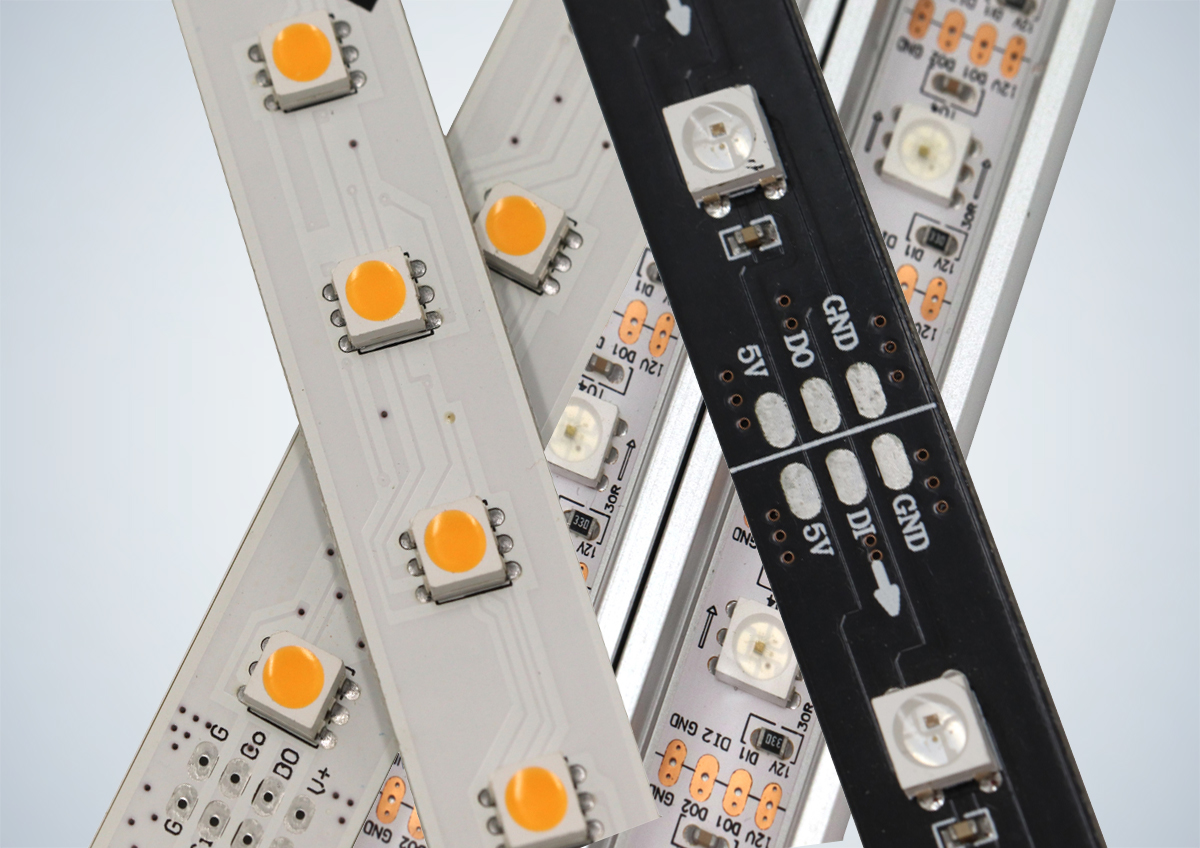
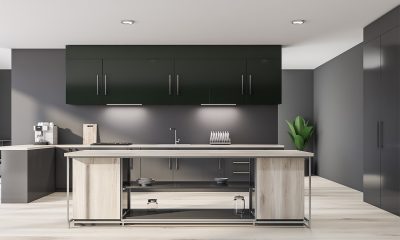
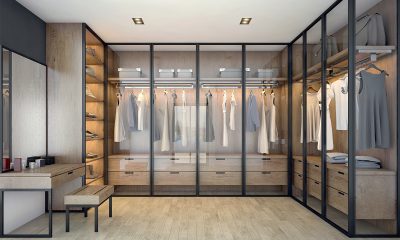
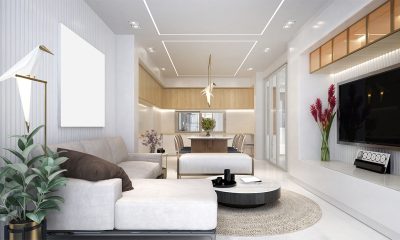
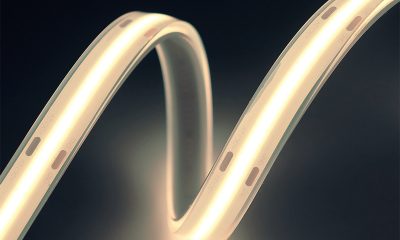
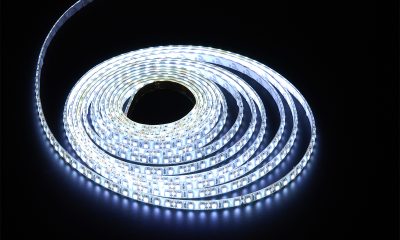
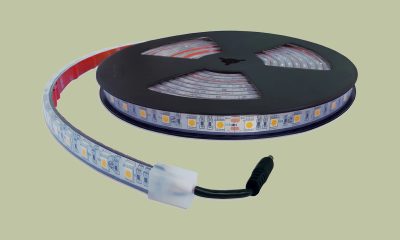
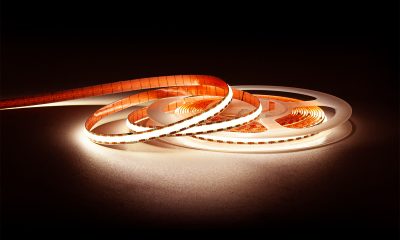

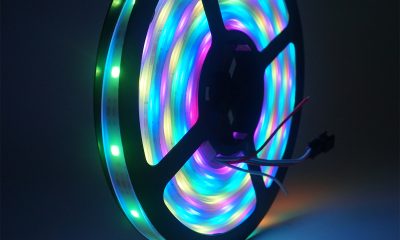
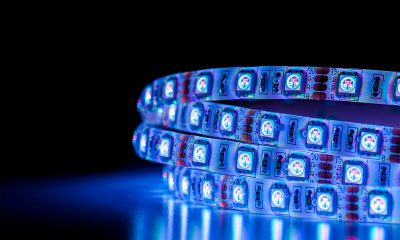
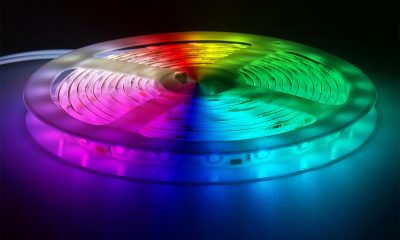
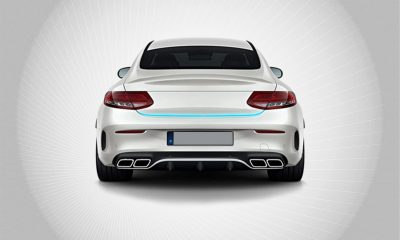





Loading...